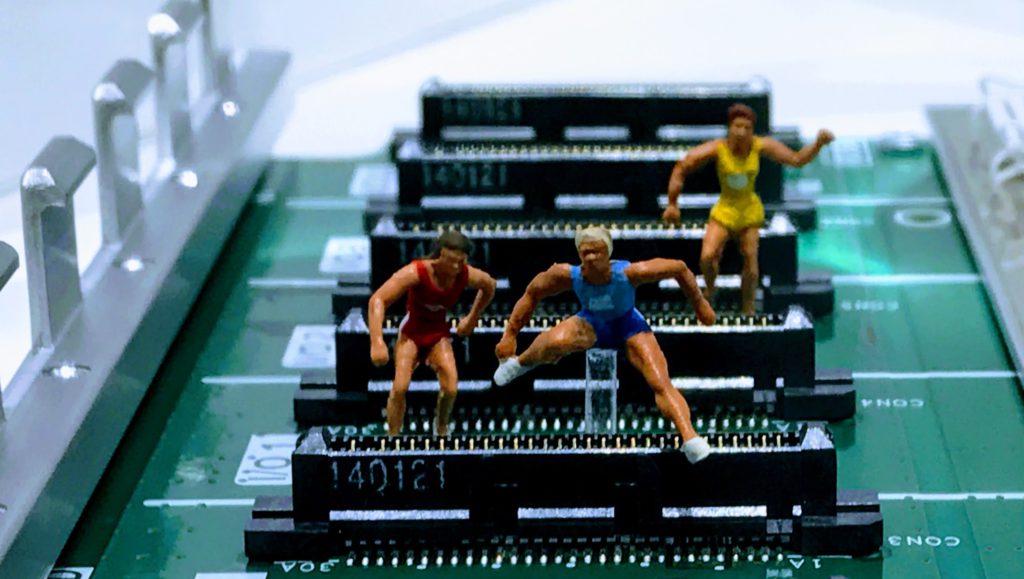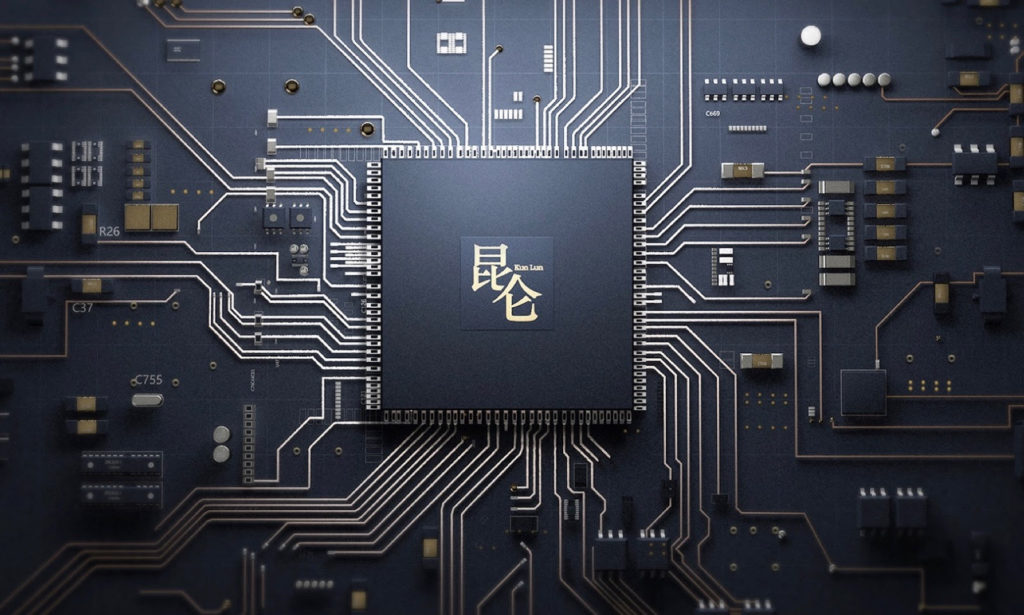Production slowdowns. Raised prices. Trimmed revenues. There are lasting effects of the global chip crunch. For policymakers in China, who have indicated the need to turn their country into a deep tech superpower, a shortage of semiconductors only proves that they need expert engineers now more than ever.
KrASIA has been following new developments in China as state-back initiatives and private enterprises all kick into gear to build out an advanced semiconductor sector. Here are five things you need to know about the chip crunch and China’s new silicon pursuits.
#1: China is after its own cutting-edge chips
But the rush to develop domestic semiconductor R&D and manufacturing means there will be costly hits and misses.

#2: The drive is creating high valuations for new chip design firms
Take, for example, AkroStar, which bagged more than RMB 400 million, or USD 62 million, in its angel and pre-Series A rounds.

#3: Graft is rife in a hot market to develop new fabs and development capabilities
One con man posed as a chip community executive and convinced the Wuhan government to hand him billions of yuan. Needless to say, the deal didn’t end well.

#4: Major names in tech and business are getting in on the action
ByteDance is designing its own chips for cloud AI and servers. Baidu’s chip unit, Kunlun, was spun off as a standalone company in late June. Carmaker BYD has a semiconductor arm too, and it’s heading to the ChiNext board of the Shenzhen Stock Exchange.

#5: So are education institutions
Tsinghua university set up its own semiconductor school to train future professionals for the the field.

Read this: Taiwan’s Powertech happy at home as chipmaking peers head overseas

